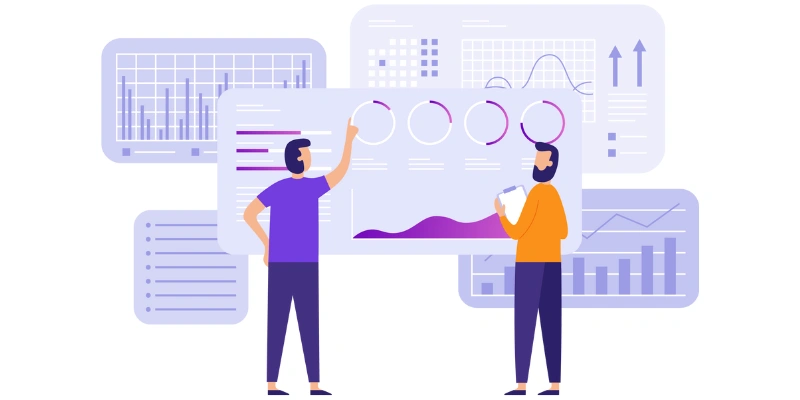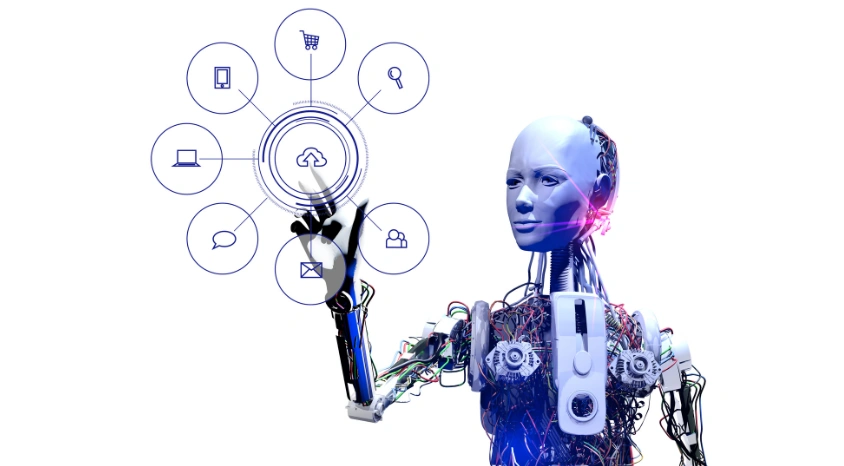Predictive analytics is changing the game for retailers everywhere. Think of being able to predict customer demand or knowing exactly how much stock you will need ahead of time. That is the power of managing demand with predictive analytics. And when you throw AI into the mix, like with Retail AI 360, it gets even better. Let us dive into how this platform is making waves in retail by forecasting demand and managing inventory intelligently, more efficiently.
What is Predictive Analytics?

Let us break down predictive analytics. It involves using data to make predictions about future events. In the retail sector, this means analysing customer behavior, past sales, and external factors like the weather to determine what might happen next. Predictive analytics helps retailers anticipate demand, manage inventory, and plan more effectively. Ultimately, the ability to predict trends leads to fewer stock shortages, less overstock, and smoother overall operations.
Why Is Managing Demand with Predictive Analytics Important in Retail?
The main benefit of predictive analytics is that it helps retailers make smarter decisions. Instead of guessing how much stock to order or when demand will spike, you can rely on data to guide you. This leads to less waste, better customer satisfaction (because you will always have what they need), and larger profits. Plus, predictive analytics helps with things like marketing and pricing strategies by giving insight into customer preferences and behavior.
Let Us Discuss Retail AI 360
Now that we have covered the basics, let us discuss Retail AI 360. This platform is specifically designed for retail businesses to leverage the power of AI and predictive analytics. Its main goal is to simplify demand forecasting and inventory management for retailers. The best part is that it handles the heavy lifting by analysing data quickly and accurately, allowing you to focus on running your store.
How Retail AI 360 Uses AI to Predict Demand
Accurate demand forecasting is crucial in retail. If you do not have enough stock when your customers want something, they will go elsewhere. And if you have too much, you are stuck with products that are not selling. Retail AI 360 helps solve this problem by using predictive analytics to get an accurate picture of what customers will want in the future. It looks at past sales, seasonal trends, and even external factors like holidays or economic conditions to forecast demand. This means you are always one step ahead, with the right amount of stock on hand.
Managing Inventory with Retail AI 360
Efficient inventory management is the backbone of any successful retail operation. Without it, you are either drowning in excess stock or losing sales because of shortages. Retail AI 360 steps in here by using AI to help retailers keep a balanced inventory. It analyses sales data and predicts when specific products will need to be restocked, so you are never caught off guard. It is all about reducing waste and maximising sales, which every retailer can appreciate.
The Pros and Cons of Predictive Analytics in Retail
Of course, nothing is perfect, and predictive analytics comes with its own set of challenges. For one, the data has to be accurate. If you’re working with bad data, your predictions won’t be reliable. Another challenge is that implementing predictive analytics tools can be expensive, especially for smaller retailers. But the benefits—like better decision-making, reduced costs, and improved customer satisfaction—far outweigh these challenges. The trick is to start small and build up as you see results.
The Future of Predictive Analytics in Retail

So, what does the future hold? Predictive analytics is constantly evolving, and we’re already seeing some exciting trends. For instance, AI is becoming even more advanced, which means predictive tools like Retail AI 360 are only going to get more intelligent and more accurate. We’re also seeing more retailers combine predictive analytics with other technologies, like augmented reality and customer experience platforms, to provide a more personalised shopping experience. The future looks bright for retailers who embrace these tools.
Conclusion
At the end of the day, Retail AI 360 is at the forefront of transforming how retailers manage demand forecasting and inventory control. By utilising predictive analytics, it enables stores to operate more smoothly and efficiently. As AI technology continues to advance, the potential for tools like this will only increase. If you are in the retail sector and have not started exploring predictive analytics yet, now is the time to dive in. It is essential for staying competitive in an evolving industry.



